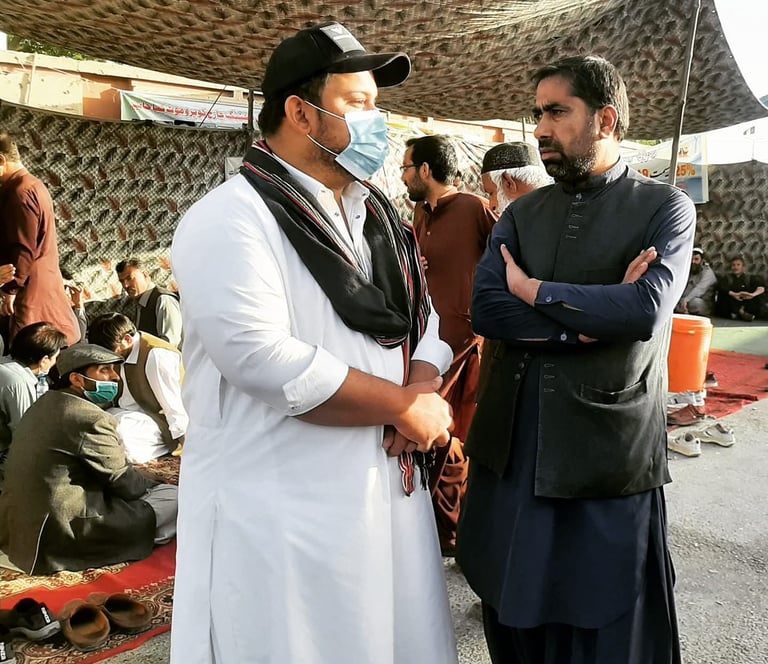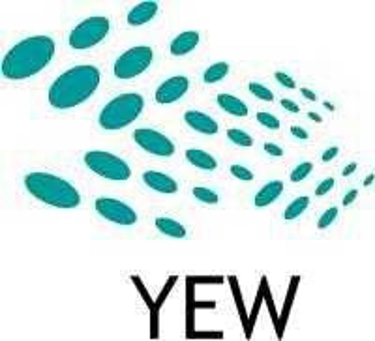Measures to cope with Multi Dimensional Poverty in Makran
Nabeel Shah
11/7/20253 min read


Makran’s poverty is not a single problem but a knot of geographic disadvantage, weak human capital, fragile livelihoods and governance gaps. The impressive narratives about strategic infrastructure must be matched by equally bold investment in people and communities. With targeted service packages, livelihood diversification, strengthened governance and data-driven targeting, Makran can transform its comparative geographic challenges into inclusive opportunity — but only if policy design centers the multi-dimensionally poor and enforces local benefit from major development projects.
Key statistics
* Population (Makran Division, 2023 census): ~1.88 million people; ~62.5% rural, ~37.5% urban. Literacy in the division is low — aggregate estimates clustered around the high-40s percent (male >50%, female ~42%).
* Multidimensional poverty: Balochistan ranks among the highest provinces in Pakistan on multidimensional poverty measures; national analyses show substantial provincial variation and identify Balochistan as a high-burden area. Local assessments in Kech report MPI-level prevalence in the 60% range (i.e., 60–69% of households face multiple deprivations).
* Livelihoods and fisheries: Coastal livelihoods matter — hundreds of thousands across Pakistan depend on fisheries and associated trades; coastal policy reviews emphasize the high vulnerability of fishing communities to resource decline and market shocks. Makran’s arid environment and scarce freshwater make agriculture marginal and heighten dependence on marine resources.
Nabeel shah reporting and on field visit in Balochistan.
Makran’s multi-poverty calls for integrated policies that combine immediate relief with structural change. The following priority areas and instruments are recommended.
1. Scale a tailored basic services package (health, education, WASH)
* Deploy mobile/basic health units, strengthen maternal and child health outreach, and link community health workers to district referral hospitals.
* Invest in girls’ education via conditional cash transfers for attendance, bridge classes in remote hamlets, and community schooling models that reduce travel barriers.
* Prioritize WASH (safe drinking water and sanitation) interventions focused on small, decentralized solutions (solar-pumped boreholes with desalination where saline intrusion is severe; rainwater harvesting).
Rationale: Tackling human capital deficits reduces MPI intensity and improves resilience to shocks. Funding can be blended from provincial budgets, donor programs, and CPEC/port-related CSR funds with strict safeguards for local benefit.
2. Protect and diversify coastal livelihoods
* Support community-based fisheries management to rebuild stocks and reduce overexploitation; provide cold-chain, storage and market linkages so fishers capture higher value.
* Promote alternative value chains — date processing, small-scale agri-processing, goat/sheep value chains — through micro-enterprises, vocational training and access to microcredit.
* Ensure port and infrastructure projects include local content clauses (employment, procurement, enterprise development) enforced by transparent monitoring.
Rationale: Diversified, higher-value livelihoods reduce vulnerability and create pathways out of seasonal poverty. Evidence shows community co-management and improved market links raise incomes significantly in coastal contexts.
3. Safety nets and shock financing calibrated to local risk
* Expand cash transfer coverage for the poorest households (conditional where feasible) and create rapid relief funds for climate shocks (cyclones, floods).
* Introduce micro-insurance pilots for fishers and pastoralists (index-based where possible).
Rationale: Predictable transfers reduce forced asset sales and dangerous coping mechanisms, while shock financing keeps households from falling deeper into multi-poverty.
4. Local governance and participatory planning
* Strengthen district-level planning capacity (Gwadar, Kech, Panjgur) and institutionalize participatory budgeting to ensure projects reflect local needs (water, roads, clinics).
* Establish community grievance and benefit-tracking mechanisms tied to major investments (ports, roadworks) to prevent elite capture.
Rationale: Better governance improves service delivery and ensures infrastructure translates into local development gains.
5. Data, targeting and pilot innovation
* Invest in granular poverty diagnostics and an MPI disaggregation for Makran’s districts so interventions target multi-dimensionally poor households.
* Pilot blended solutions (solar desalination + microfinance; community cold storage + cooperative marketing) and scale what works.
Rationale: Makran’s conditions differ across tehsils; data-driven targeting avoids waste and maximizes impact.
Implementation considerations and financing:
* Leverage provincial budgets with conditional federal transfers; attract donor financing for initial pilots and ensure sustainability through local revenue measures (e.g., small user fees for services that are affordable and protect the poorest).
* Tie infrastructure projects (port, roads) to social investment obligations and legally enforceable local hiring/PROCUREMENT quotas.
* Build partnerships with NGOs, academic institutions, and private sector (cold chain operators, agri-processors) for technical capacity.
* Monitor with clear MPI and sector indicators; publish results to ensure transparency and course correction.




Nabeel Shah serves as the YEW regional coordinator from the Quetta Balochistan region. Nabeel has done his Pharm D from Panjgur Balochistan. He has covered local issues on the local news and participates in social activities.
